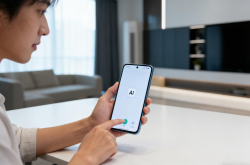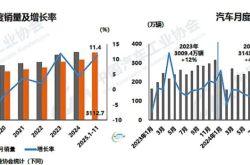Apple Unveils Its Thinnest Phone Ever: 5.5mm Thickness, Design, and Specs Mostly Confirmed
![]() 07/03 2025
07/03 2025
![]() 663
663
In recent years, as smartphone technology has matured, major manufacturers have relentlessly pursued innovations in an effort to make groundbreaking advancements and captivate consumers.
Companies such as Huawei, Samsung, and various Chinese brands have delved into foldable phones, experimenting with various sizes and even triple folds, exploring every conceivable avenue.
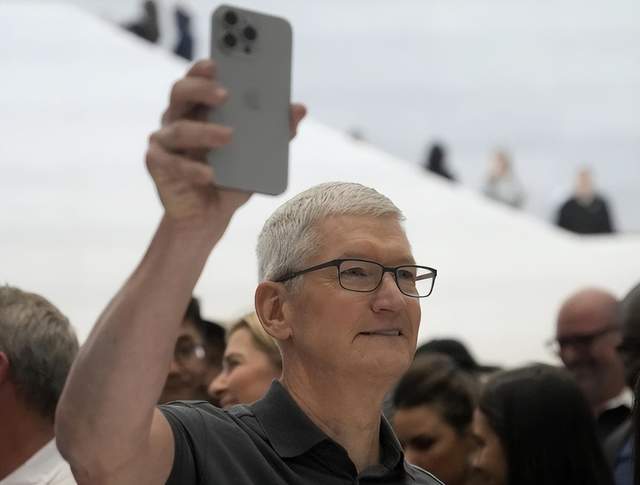
While Apple has shown limited interest in foldable screens, the relentless innovation from Android competitors has undoubtedly put pressure on the tech giant.
Consequently, rumors have circulated that the iPhone 17 series will introduce a significant change with the iPhone 17 Air, an ultra-thin model poised to replace the Plus variant.
It is now widely acknowledged that these rumors are true: the Air model is indeed on its way, the Plus model is being phased out, and the specifications of the iPhone 17 Air are mostly confirmed.
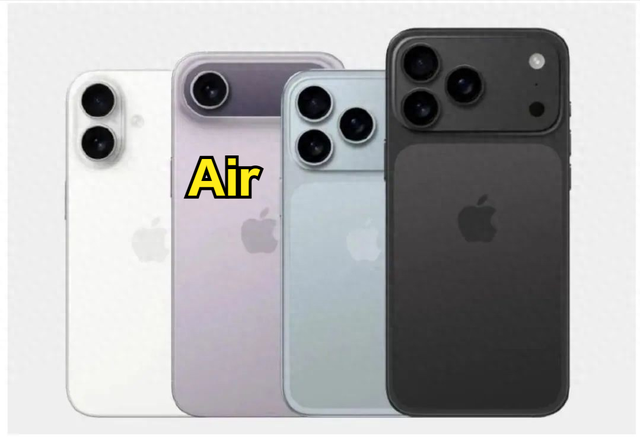
As an ultra-thin model, the iPhone 17 Air is exceptionally slender. According to various media reports, it measures a mere 5.5mm in thickness, undoubtedly making it the thinnest phone in Apple's history.
To achieve this remarkable thinness, several measures have been implemented: firstly, the adoption of eSIM cards eliminates the need for a physical SIM card slot. Secondly, due to the size constraints, there is only one 48MP rear camera. Lastly, a high-density silicon anode battery has been utilized to keep the battery thin while maintaining its capacity and endurance, thus optimizing space utilization.
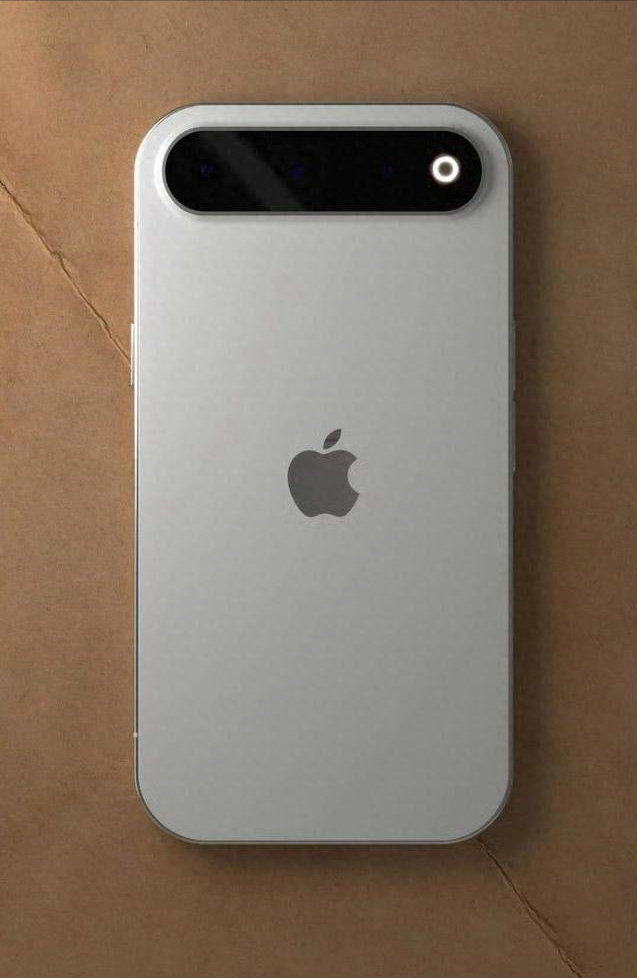
Despite its slim design, the iPhone 17 Air's specifications are top-tier.
Starting with the display, it has been expanded to 6.6 inches with a variable refresh rate of 60/120Hz, which, while narrower than the Pro model's 1-120Hz range, is still an improvement over the previous 60Hz standard.
In terms of memory, it boasts 12GB of RAM, an upgrade from the previous generation's 8GB. The chip is the A19, built on TSMC's second-generation 3nm process. Additionally, there are rumors that this time, the baseband chip will be replaced with Apple's in-house developed C1/C2, marking a departure from Qualcomm's baseband technology.
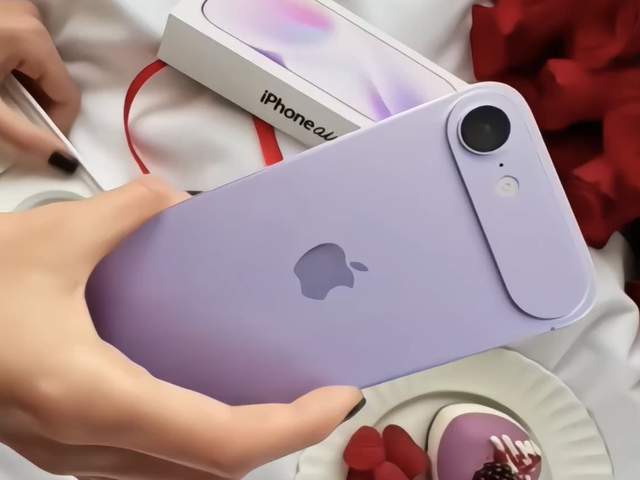
Given these impressive specifications, if the Air model can address battery life concerns and is priced competitively, it could be a highly attractive purchase. Despite having only one rear camera, Apple can leverage computational photography and digital cropping to simulate multi-camera functionality, minimizing the functional gap.
As for other specifications, they are all present, complemented by the ultra-thin design. Personally, I believe that if the pricing is favorable, the iPhone 17 Air would be a better buy than both the standard version and the previous Plus version.
The Plus model once felt somewhat redundant, but with the introduction of the Air, each of the four models now boasts unique characteristics. Will the iPhone 17 Air be a resounding success this year?


